Yokoi's Cave
The underground hideout of a Japanese soldier for whom World War II ended in 1972.
The accepted date for the end of World War II is August 14, 1945, even if Japan did not formally surrender until September 2. What some people don’t know, however, is that for many Japanese soldiers the war ended much later.
An official count of 127 so-called holdouts or stragglers surrendered in various places in the Pacific Area between 1947 and 1974. This number does not include the many who died in their hiding places, only discovered decades later.
For these holdout soldiers, strong militaristic principles made surrender impossible. They believed in what their military leaders told them, that it was better to die or be captured than surrender. In some cases, they did not even know about the end of the war. Some of the holdouts continued fighting the American troops or later the police, others just went into hiding. The stragglers believed it impossible to return to Japan, as they feared to be treated as deserters and punished with the death penalty.
One of those stragglers was Yokoi Shōichi, a tailor by trade, conscripted to the Japanese Army in 1941. Making it to the rank of a Sergeant, he was part of the Japanese Forces on Guam when the American Troops under General Douglas MacArthur conquered the island in summer 1944. U.S. forces advanced fast and while many Japanese soldiers were captured or killed, Yokoi, in a group of ten, retreated deep into the jungle.
The ten men quickly realized that such a big group would be easily discovered. Seven of them left to other areas; what happened to them is unknown. The three remaining men, Yokoi included, split up to different hiding places in the area, but kept visiting each other. The three men heard that the war was over around 1952. They were not sure if the information was true and feared for their lives if they were captured or surrendered, so they decided to stay in hiding. Around 1964, when Yokoi wanted to visit the other two men, he found them dead and buried them. He believes that they died of starvation. Other sources say they died in a flood.
It took Yokoi three months to dig his “cave,” not far from the Talofofo Falls, about seven feet underground. Supported by large bamboo canes, the small underground room was about three feet high and nine feet long, with a hideable small entrance and a second opening as air supply. Inside he hid all day and stored his few belongings. Yokoi only left his cave at night and lived from caught fish, frogs, snakes or rats and learned to use the unknown fruits and vegetables he found. Two of his biggest treasures were a self-made eel trap, and a self-made loom, with which he made clothes from local fibers of the hibiscus bark.
Finally in 1972 two local fishermen discovered Yokoi on the banks of the river Talofofo and when, afraid for his life, he charged them, they captured him. He begged the two men to kill him. Instead they took him home, fed him his first real meal in 28 years and brought him to the authorities. Two weeks later Yokoi returned to Japan and was welcomed as a hero. He himself thought differently about that. His famous words were: “It is with much embarrassment, but I have returned.”
After Yokoi’s death at age 82, the original cave was protected as a historical monument, but collapsed. In its place a replica of the cave was erected along with a shrine and memorials for the last three Japanese stragglers. Some of Yokoi’s belongings from the time in the cave can be seen in a museum at the entrance of the Talofofo Falls Resort Park.
Know Before You Go
Yokoi's Cave can be found in the "Talofofo Falls Resort Park", which is open daily from 8 a.m. to 5 p.m. From the entrance of the park a funicular can be taken to Talofofo Falls. From there it is about 1/4 mile to walk to the cave. Nevertheless, there is also a monorail offering to take you there.

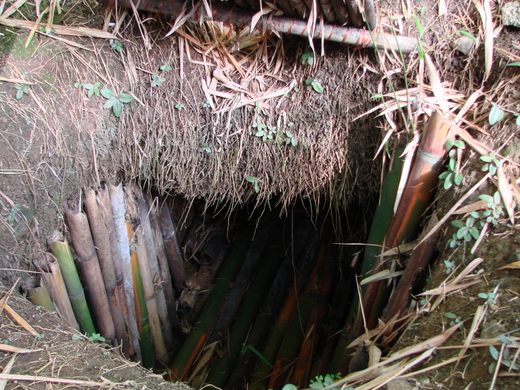
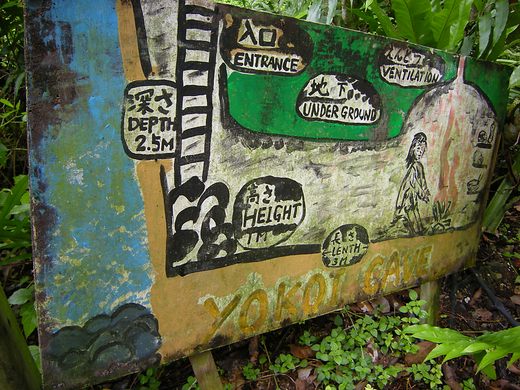
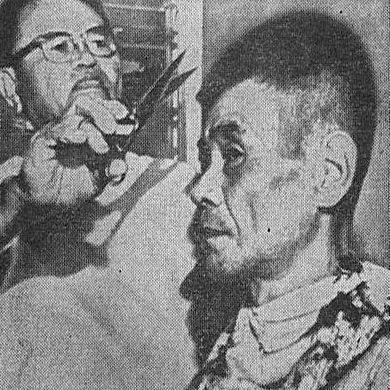
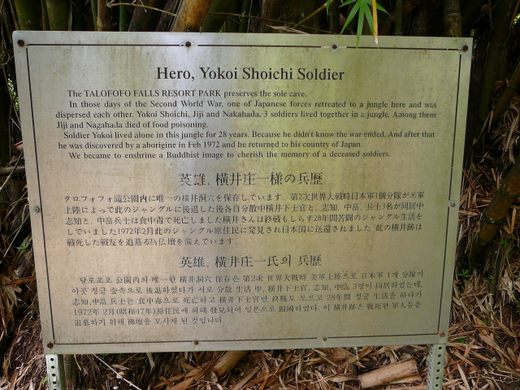

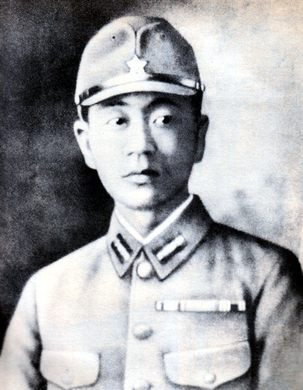

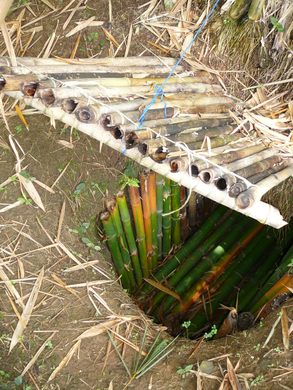







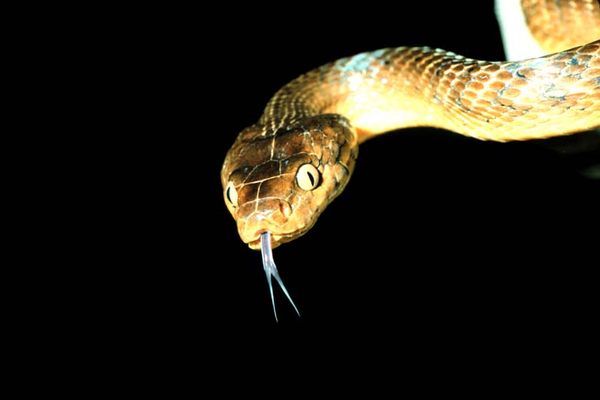
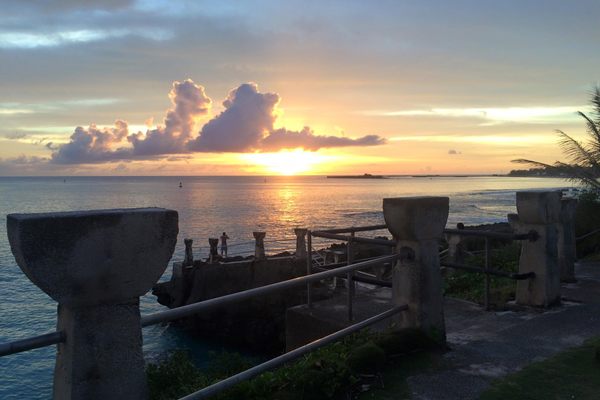

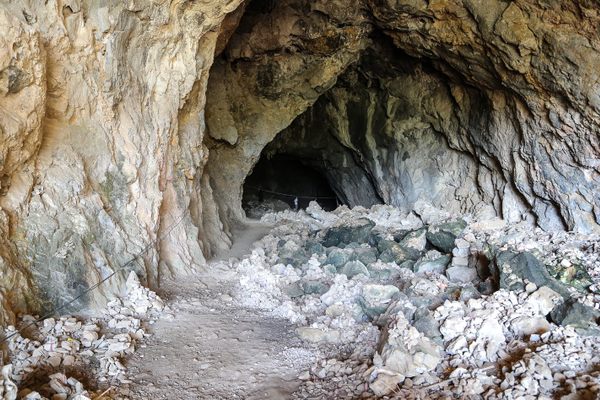
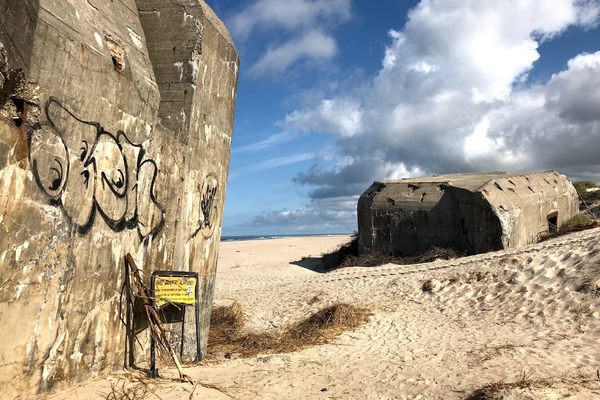
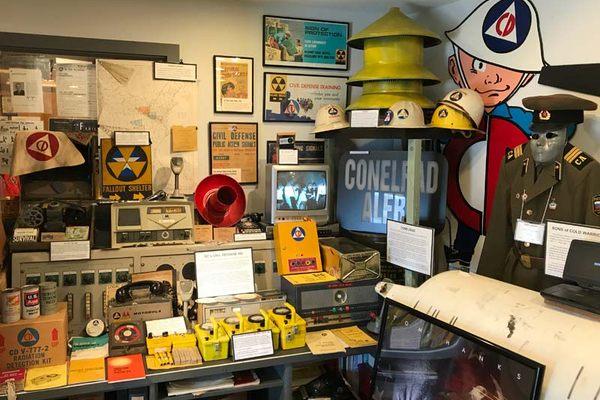


Follow us on Twitter to get the latest on the world's hidden wonders.
Like us on Facebook to get the latest on the world's hidden wonders.
Follow us on Twitter Like us on Facebook